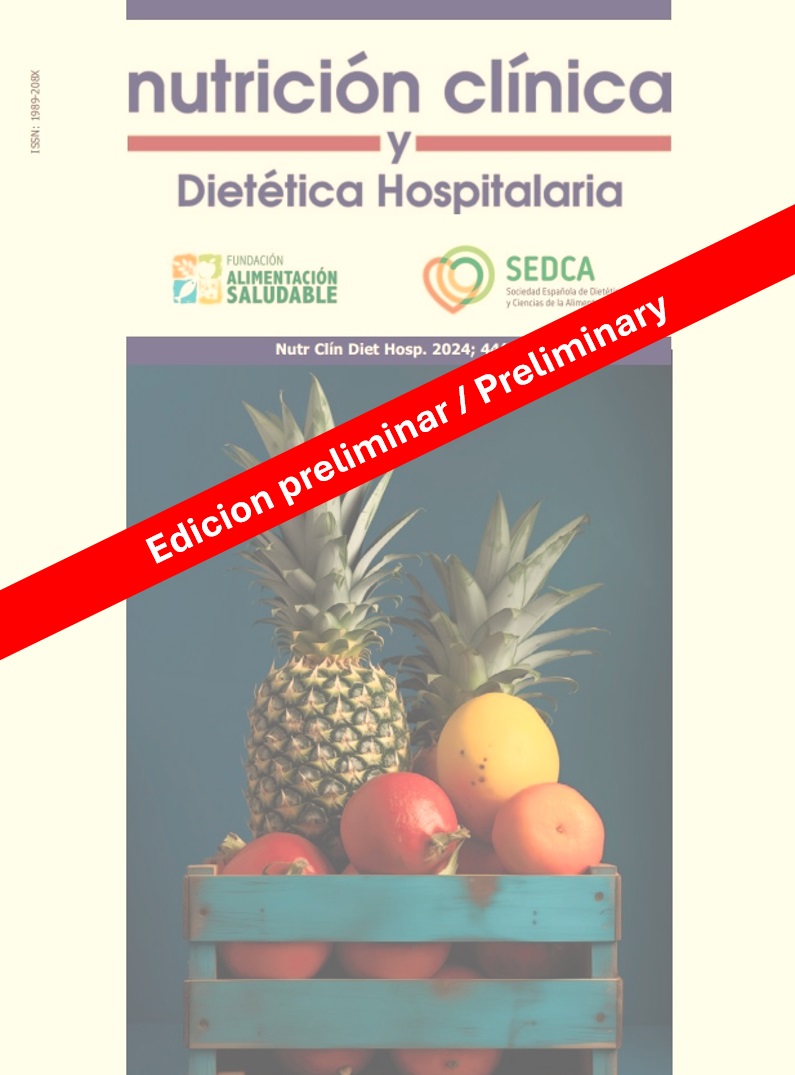Ingesta de fibra dietética y consumo de alimentos ultraprocesados asociado a la obesidad abdominal en escolares.
DOI:
https://doi.org/10.12873/444huamantoledanoPalabras clave:
ingesta de fibra, alimentos ultraprocesados, obesidad abdominal, escolaresResumen
Introducción. En la era de la tecnología digital el consumo de los alimentos ultraprocesados se incrementó, los alimentos naturales o mínimamente procesados que habitualmente se consumían han sido reemplazados por los alimentos industrializados.
Objetivo. Evaluar la relación entre la ingesta de fibra dietética y el consumo de alimentos ultraprocesados con obesidad abdominal en escolares de la institución educativa San Antonio de Jicamarca.
Material y métodos. La investigación es de enfoque cuantitativo, diseño no experimental, transversal, correlacional-causal. La muestra estuvo conformada por 123 escolares de 10 a 12 años, matriculados en la institución educativa San Antonio de Jicamarca. La recolección de datos se realizó durante el periodo agosto-septiembre del 2023. La ingesta de fibra y el consumo de alimentos ultraprocesados se cuantificó a través de la encuesta de frecuencia de consumo semicuantitativa que incluía el tamaño de porción. Para evaluar la obesidad abdominal, se procedió a la medición del perímetro abdominal, acorde al protocolo establecido por el Instituto Nacional de Salud del Perú. Con el fin de evaluar la relación entre las variables, se utilizó la prueba estadística no paramétrica de Rho de Spearman.
Resultados. El 100 % no cubre con su recomendación diaria de fibra dietética; el 33,3 % presentó una ingesta alta de alimentos ultraprocesados y el 10,6 % presentó un perímetro abdominal con riesgo cardiovascular muy alto. Al analizar la relación entre la ingesta de fibra y la obesidad abdominal, se obtuvo un p valor (p<0,05). Al evaluar la relación entre el consumo de alimentos ultraprocesados y la obesidad abdominal, se obtuvo un p valor (p>0,05).
Conclusión. La ingesta de fibra tiene relación inversa con el perímetro abdominal. Es decir, a menor consumo de fibra, el perímetro abdominal será mayor en los escolares.
Descargas
Publicado
Licencia
Derechos de autor 2024 Nutrición Clínica y Dietética Hospitalaria

Esta obra está bajo una licencia internacional Creative Commons Atribución-NoComercial-SinDerivadas 4.0.
Los lectores pueden utilizar los textos publicados de acuerdo con la definición BOAI (Budapest Open Access Initiative)







